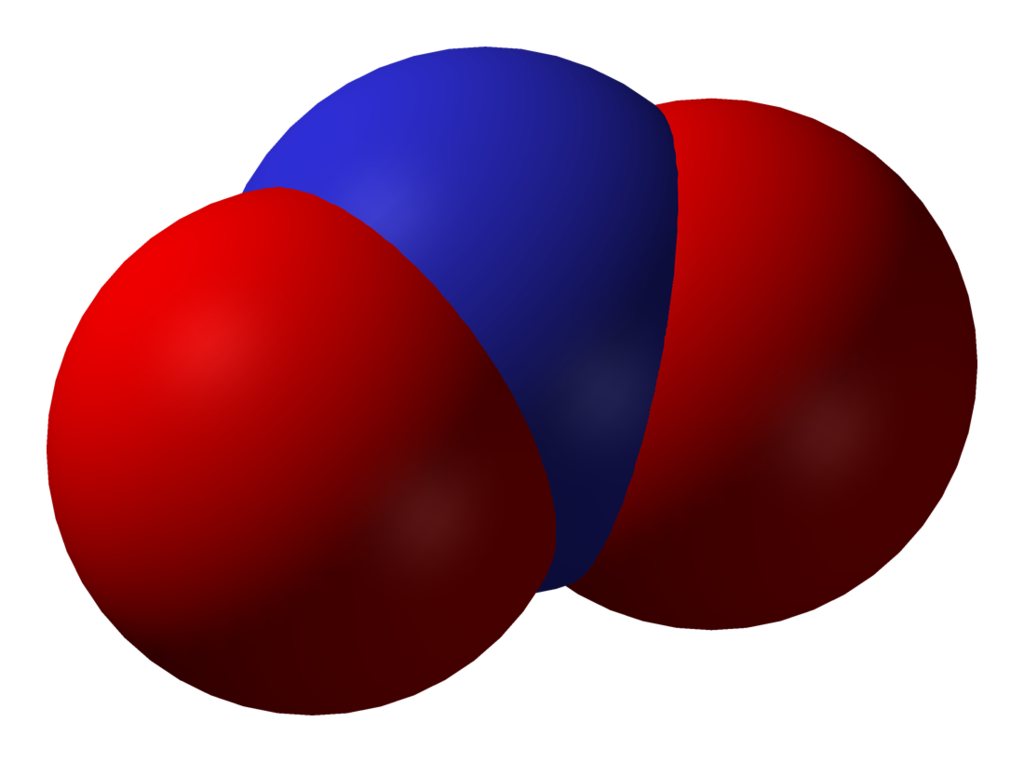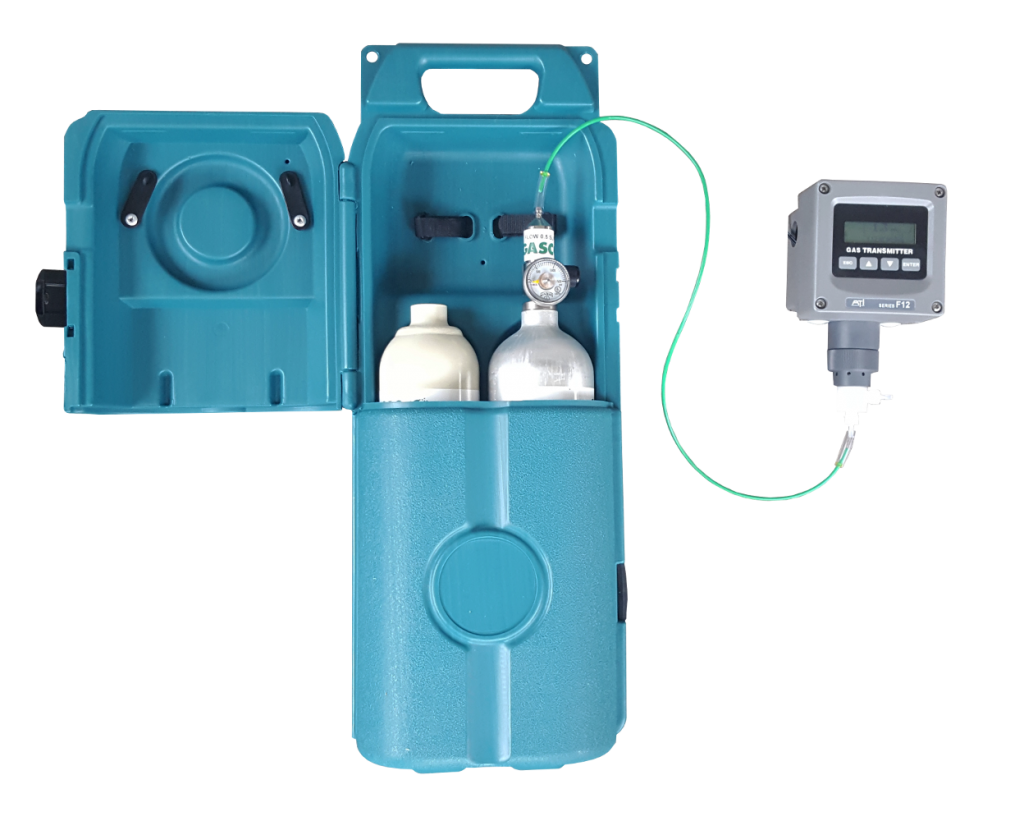In the realm of air pollutants, nitrogen dioxide (NO2) stands as a potent and pervasive threat, casting a shadow over urban environments and industrial settings alike. In this blog post, we delve into the multifaceted nature of nitrogen dioxide, exploring its uses, health risks, regulatory standards, and methods for measurement to shed light on its significance in environmental and public health discourse.
Understanding Nitrogen Dioxide:
Nitrogen dioxide, characterized by its reddish-brown hue and sharp, biting odor, is a highly poisonous gas emitted from high-temperature combustion processes. It is a prominent component of urban smog and is commonly found in vehicle exhaust and emissions from various fuel-burning sources, including fuel oil, natural gas, and wood. Additionally, nitrogen dioxide plays a role in the formation of nitric acid, a precursor to acid rain, further exacerbating environmental concerns associated with its presence in the atmosphere. Beyond its role as an air pollutant, nitrogen dioxide finds application in the manufacturing of chemical explosives, sterilization agents, and even as a flour bleaching agent.
Health Risks and Exposure:
Exposure to nitrogen dioxide poses significant health risks, ranging from mild irritation to severe respiratory and cardiovascular complications. Inhalation of low levels of nitrogen dioxide can lead to symptoms such as coughing, fatigue, and nausea, while higher concentrations can cause more severe effects, including headaches, abdominal pain, and shortness of breath. Prolonged exposure or exposure to elevated concentrations can result in organ damage, particularly to the lungs, and can have adverse effects on fetal development. Furthermore, nitrogen dioxide can react with blood to form methemoglobin, reducing the blood’s oxygen-carrying capacity and leading to tissue hypoxia.
Regulatory Standards and Guidelines:
To mitigate the risks associated with nitrogen dioxide exposure, regulatory agencies such as the Environmental Protection Agency (EPA), Occupational Safety and Health Administration (OSHA), and National Institute for Occupational Safety and Health (NIOSH) have established stringent exposure limits. These standards set maximum allowable concentrations of nitrogen dioxide in occupational settings and ambient air to protect public health and ensure environmental quality. Compliance with these standards is essential for industries and organizations involved in activities that may generate nitrogen dioxide emissions.
Measuring Nitrogen Dioxide:
Accurate measurement of nitrogen dioxide concentration is vital for assessing air quality, conducting environmental assessments, and implementing pollution management strategies. Monitoring devices capable of measuring nitrogen dioxide levels in parts per million (ppm) are essential tools for regulatory compliance and risk assessment. Portable and fixed monitors, along with specialized kits, offer reliable methods for monitoring nitrogen dioxide concentrations in various settings, providing valuable insights into air pollution levels and potential health hazards.
All of those units can be found here: https://www.gas-sensing.com/information/nitrogen_dioxide
Conclusion:
In conclusion, nitrogen dioxide represents a significant environmental and public health concern, necessitating proactive measures to mitigate its adverse effects. By understanding its sources, health risks, regulatory standards, and measurement methods, stakeholders can work towards minimizing nitrogen dioxide emissions and safeguarding human health and the environment. Through collaborative efforts and adherence to regulatory guidelines, we can strive towards cleaner air and healthier communities for generations to come.



